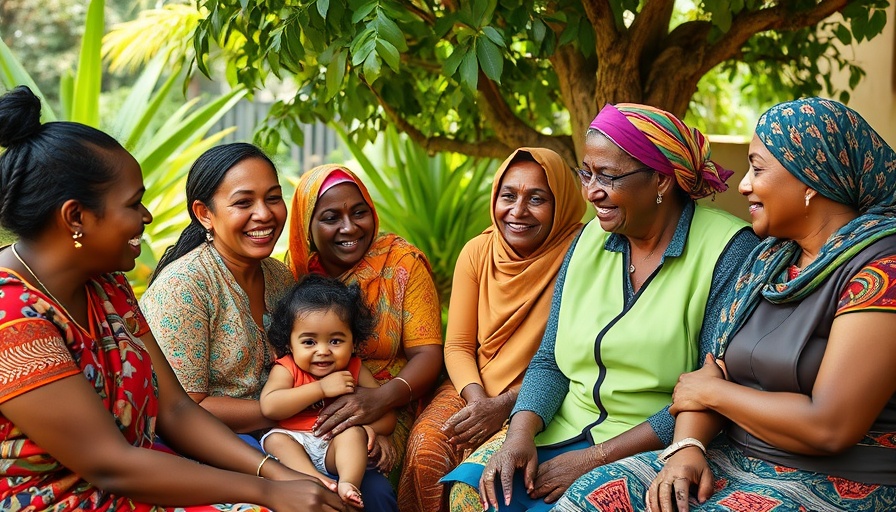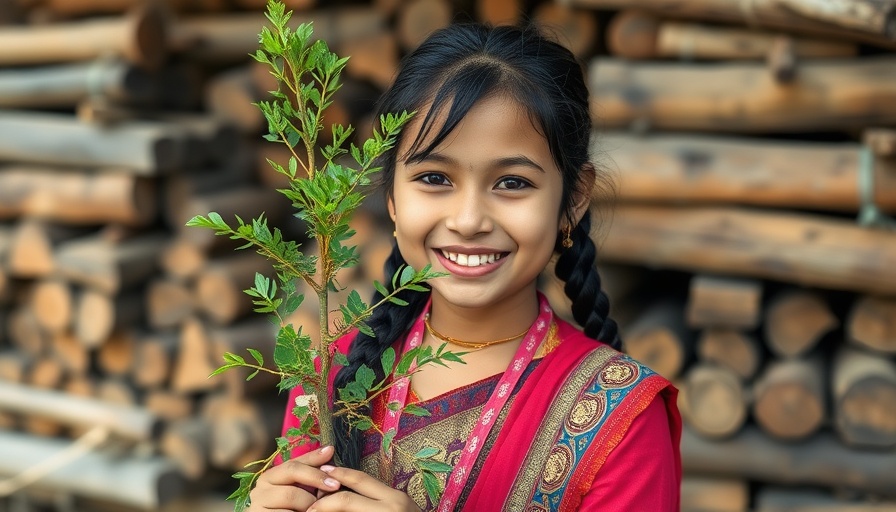
The Alarming Humanitarian Crisis in Somalia
As Somalia grapples with an escalating crisis, the statistics are sobering. Reports from UN agencies indicate that 4.4 million people—nearly a quarter of Somalia's population—are on the brink of starvation between April and June 2025. This alarming rise from 3.4 million reflects a significant failure to address the compounded threats of drought, conflict, and soaring food prices. "Worsening drought and ongoing conflict are eroding livelihoods, pushing families deeper into crisis," stated Etienne Peterschmitt, head of the UN Food and Agriculture Organization (FAO) in Somalia, emphasizing the urgency of the situation.
Understanding the Drivers of Crisis
The roots of this humanitarian disaster are deep, entwined with reoccurring climate shocks that have rendered agriculture increasingly untenable. Last year’s below-average rainfall led to catastrophic crop yields and depleted water sources, exacerbating an already dire circumstance. Additionally, the violence in central and southern Somalia continues to disrupt essential services and food markets, aggravating the plight of those trapped by both hunger and ongoing conflict. As Crispen Rukasha from the UN Office for the Coordination of Humanitarian Affairs succinctly put it, "Recurrent climate shocks, protracted conflict, disease outbreaks, and widespread poverty have aggravated the humanitarian crisis in Somalia."
Impacts on Vulnerable Populations
This crisis disproportionately affects internally displaced persons (IDPs), pastoralists, and farming households who have largely exhausted their food supplies. With the upcoming Gu rainy season predicted to bring insufficient rainfall, there are fears that crop failure will continue unchecked, leading to catastrophic malnourishment rates among vulnerable populations, particularly children. UNICEF has reported that up to 1.7 million children under five may suffer from acute malnutrition, a stark reflection of the dire conditions that underlie Somalia’s humanitarian crisis.
Urgent Calls for Action
Aid agencies are echoing a desperate plea for increased funding and international support to alleviate hunger and bolster local resilience. The 2025 Somalia Humanitarian Needs and Response Plan, requiring $1.42 billion, currently sits at just 12.4% funding. El-Khidir Daloum, WFP Country Director, noted, "Famine was narrowly avoided in 2022 due to large-scale humanitarian support, which is needed again to provide immediate assistance while implementing longer-term solutions." Without intervention, the situation could deteriorate rapidly, pushing already vulnerable communities toward catastrophic levels of food insecurity.
What Needs to Happen Next?
To mitigate this brewing catastrophe, concerted action is essential. Policymakers, business leaders, and international organizations must collaborate closely to improve funding for humanitarian efforts and develop sustainable economic strategies within Somalia. The creation of resilience-focused intervention programs, paired with immediate humanitarian aid, could save lives and gradually restore hope to a nation battered by recurring crises.
 Add Row
Add Row  Add
Add 


Write A Comment